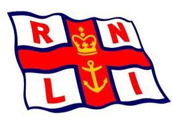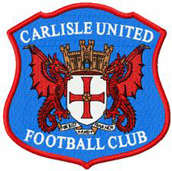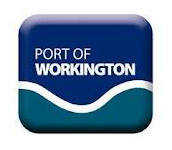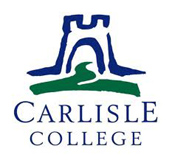- Home
- Scarrows
- Mariners
- Cumberland
- Miscellaneous
T and J Harrison Limited Shipping Line
The firm of T and J Harrison was one of the largest of the UK shipping companies, and prospered particularly in the first half of the 20th century. The company offices were located in Liverpool. Robert Barnes Scarrow was employed as an engineer by Harrisons between 1905 and 1940.
The origins of T and J Harrison can be said to have been when George Brown offered Thomas Harrison a partnership in his shipbroking business in 1839. In 1849, James Harrison became a partner in the firm. George Brown died in 1853, and the Brown name disappeared from the company name.

Brig Jane, Harrison Fleet 1836-1849
The Harrisons began their early shipping empire exclusively in sail, with a fleet size of approximately 30-40 ships. They acquired their first screw-propelled steamers in 1860 and from this point the steamer side of the business expanded rapidly. However, sailing ship continued to be acquired up until 1874. To allow wider share ownership of the steamers, a holding company Charente Steam-Ship Company was formed in 1871.
During the 1870s the second generation of Harrisons began to take an interest in the firm - Thomas's son Thomas, and James' sons Frederick and Heath. As Thomas and James grew older, but before the next generation of Harrisons gained maturity, the firm was managed by John and Thomas Hughes.
In 1884 the company was incorporated with a registered capital of £512,000 split into 512 shares of £1000 each. The shareholders were as follows:
| Thomas Harrison | Shipowner | 128 shares |
| Thomas Fenwick Harrison | Shipowner | 32 shares |
| Frederick James Harrison | Shipowner | 80 shares |
| Heath Harrison | Shipowner | 80 shares |
| Edward Hodgson Harrison | Shipowner | 64 shares |
| John William Hughes | Shipowner | 96 shares |
| Thomas Hughes | Shipowner | 16 shares |
| Thomas Williamson | Shipowner | 8 shares |
| Richard Robert Williamson | Master Mariner | 8 shares |
| TOTAL | 512 shares |
The fleet of the newly incorporated company consisted of 22 steam-vessels, the two remaining sailing ships were left out and eventually sold by 1889. James Harrison was by this time retired, and was not a shareholder in the new company. Thomas Harrison died in 1888, his brother James three years later. In the 1890s, Frederick James Harrison became the chairman of the company, but day to day management was left to the Hughes brothers. By 1906, the fleet consisted of 39 vessels, and the company employed just under 2000 men.

SS Inventor, Harrison Line
Harrisons entered the First World War with a total of 55 ships. During the next four years, 27 ships were lost, though with continuous acquisition of new ships, the fleet strength by the end of 1917 remained at 40 vessels. Harrisons were given £3,000,000 to cover the lost vessels, though they actually spent £4,800,000 to replace them between 1981 and 1920.
To cope with strong anticipated post-war demand, Harrisons acquired twelve ships from Rankin, Gilmour, eight ships from the Crown Line of Glasgow, and a further five from Scruttons Limited. The boom lasted just a year, and between 1921 and 1923, twelve of the older ships were scrapped. However, for most of the decade, the fleet strength hovered around 50 ships. The stockmarket crash of October 1929 triggered a worldwide recession, and between 1930 and 1933, Harrisons sold off 15 vessels and laid up a further 14 at various times. By 1934, world trade was improving once again, and the laid up ships were brought back into service. Harrisons bought seven ships belonging to the Leyland Line, and four belonging to the Prince Line. From 1937 until the outbreak of the Second World War, seven new ships were delivered.
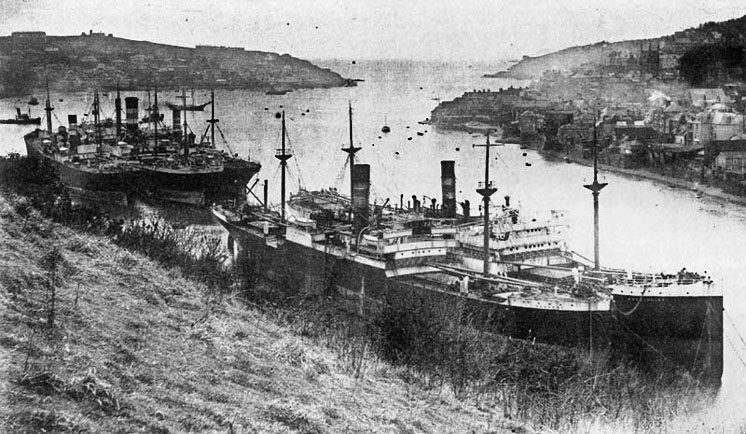
Harrison ships laid up at Fowey
Harrison's first casualty of the war was SS Huntsman, sunk by Admiral Graf Spee on October 10th 1939, whilst routing between Durban and Freetown. This was followed by a total of 30 more vessels sunk during the six year war, including SS Scientist, on which Robert Scarrow was serving.
As in the first war, all merchant vessels came under Goverment control. A short time later, the Government decided to requisition the entire British merchant fleet. Thomas Harrison Hughes, then chairman of Harrisons, was appointed president of the Suez Canal company after the fall of France.
By the end of hostilities, Harrisons fleet stood at 30 vessels, the lowest since 1900.
In June 1947, the Marshall plan was launched to provide to Europe the sum of $13 billion, over a four year period, the largest share of which went to Britain. The aid was used to provide foodstuffs, raw materials and machinery etc to Europe to allow a faster route back to stability and prosperity. All this aid generated trade, to which Harrisons were a part. Harrisons acquired their first diesel ship in 1946. Diesels offered better fuel economy, and were quieter in operation. By the end of 1949, Harrisons fleet strength was back up to 40 vessels. In 1955, there were 43 ships in the fleet, but from then on there was a steady decline in numbers, accelerating noticable in the 1970s.

